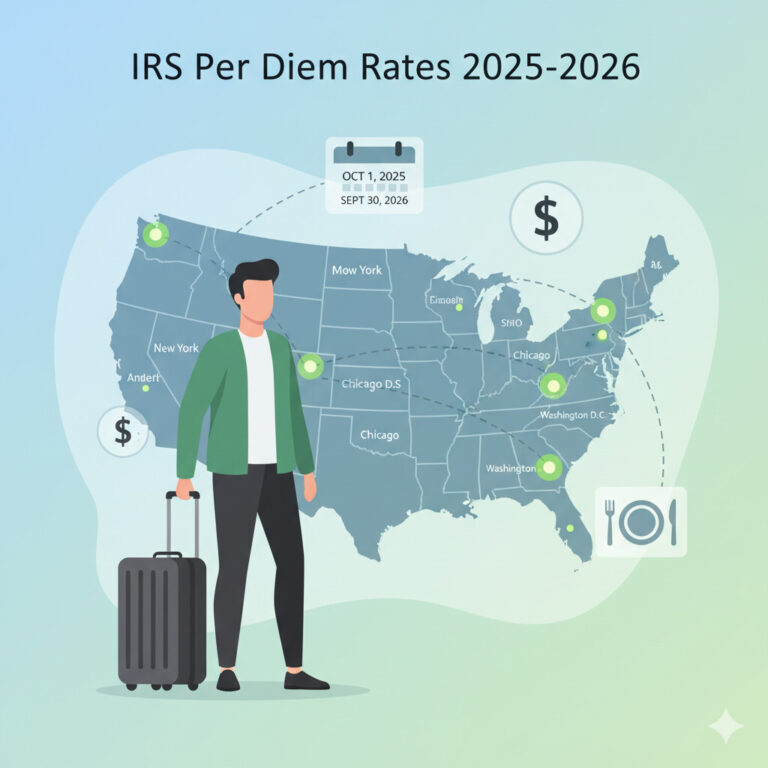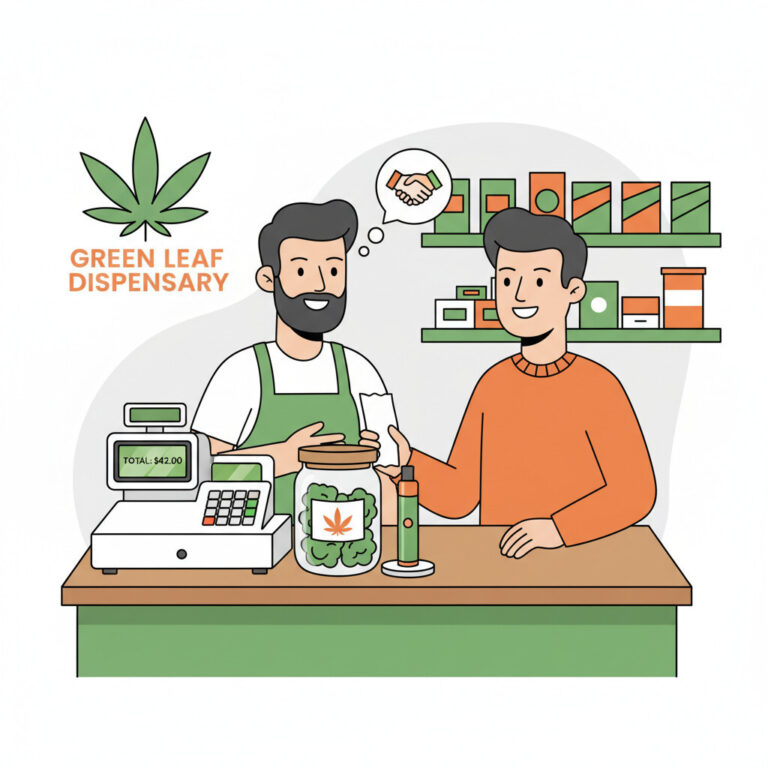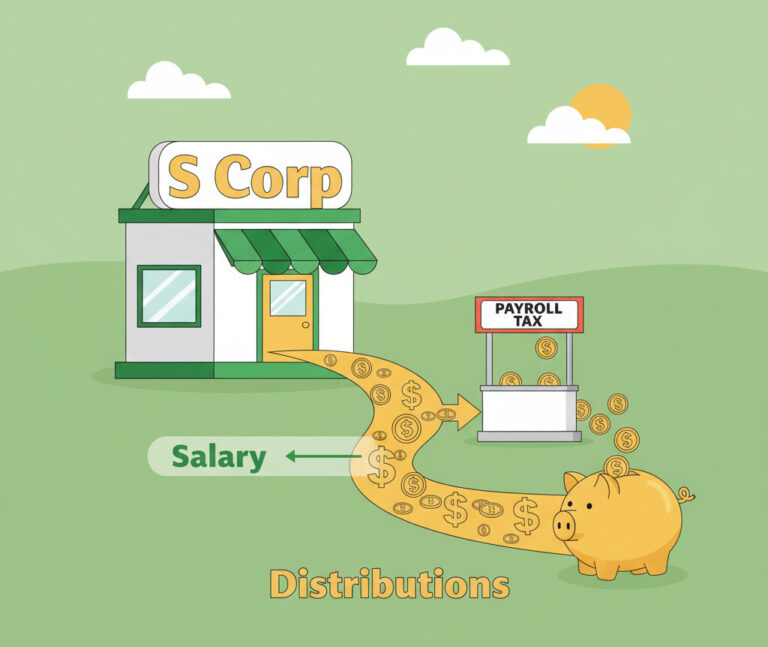“Don’t pay tax on your tips” – How to Claim the New $25,000 IRS Tax Break
Have you ever finished a long shift, looked at your hard-earned tips, and wished you could catch a break on your taxes? For years, every dollar you earned in tips was fully taxable income, no questions asked. But things are about to change, thanks to a new law. If you’re a server, bartender, hairstylist, delivery driver, or in any profession where tips are a regular part of your income, this is news you’ll want to hear. Let’s dive into the new Qualified Tips deduction and see if you can benefit! 😊
What is the New Qualified Tips Deduction? 💡
First things first, let’s get the basics down. A new law, nicknamed the OBBBA (One, Big, Beautiful Bill Act), created a brand-new section in the U.S. tax code: Section 224. This new section introduces a tax deduction specifically for people who earn tips in certain jobs.
Think of a deduction as a way to lower your taxable income. The less income you have to pay taxes on, the smaller your tax bill will be. This particular deduction allows you to subtract a portion of your tip income, up to a maximum of $25,000 per year. It’s important to know that this is a temporary benefit, scheduled to be available until tax years beginning after December 31, 2028.
This is an “above-the-line” deduction. That’s fantastic news because it means you do not need to itemize your deductions to claim it. You can take the standard deduction and still benefit from the Qualified Tips deduction, making it accessible to many more people.
Are My Tips “Qualified” for the Deduction? 🤔
Not every tip you receive will automatically count towards this deduction. The IRS has some specific rules about what makes a tip “qualified.” Let’s break down the key requirements.
1. It Must Be a “Cash Tip”
The term “cash tip” is broader than it sounds. It doesn’t just mean physical dollar bills. The IRS considers a tip to be a cash tip if it’s paid via:
- Physical currency (cash)
- Check
- Credit or Debit Card
- Gift cards that can be exchanged for a fixed cash amount
- Mobile payment apps or any form of electronic payment
What’s not a cash tip? Things like event tickets, meals, or other non-cash items given to you by a customer. Most digital assets, like cryptocurrencies, are also excluded because their value isn’t fixed in cash.
2. It Must Be a Voluntary Payment
A true tip is something a customer chooses to give you, where they decide the amount. This is a crucial distinction.
Mandatory charges are not qualified tips. This includes things like “automatic gratuities” for large parties, “service charges,” or any other fee that is automatically added to a customer’s bill. If the customer does not have the explicit option to change or remove that amount, it’s considered a service charge, not a tip, and it doesn’t qualify for the deduction.
3. It Must Not Come from a “Specified Service Trade or Business” (SSTB)
This is a big one. The law excludes tips earned in certain professional fields. If your employer’s business falls into one of these categories, any tips you receive while working for them are not eligible, even if your specific job is on the approved list. The excluded fields include:
- Health: Doctors, dentists, nurses, etc.
- Law: Lawyers, paralegals, etc.
- Accounting & Actuarial Science
- Performing Arts & Athletics
- Consulting & Financial Services
- Brokerage Services
- Any business where the main asset is the reputation or skill of its employees or owners.
Who is Eligible for the Deduction? 🧑🍳👩💼
Beyond the type of tip, your eligibility depends on your job, your income, and how you file your taxes.
The Official List of Tipped Occupations
The IRS has created a new classification system called the Treasury Tipped Occupation Code (TTOC) to identify jobs that “customarily and regularly” received tips before the end of 2024. If your job falls into one of these categories, you’re on the right track. This list is quite broad and recognizes that people in tip-sharing arrangements (like kitchen staff or dishwashers) also receive tips.
Key TTOC Categories 📝
- Food and Beverage Service: Servers, bartenders, bussers, barbacks, food runners.
- Entertainment and Events: Ushers, casino dealers, event staff.
- Hospitality and Guest Services: Hotel bellhops, concierges, room service staff, housekeeping.
- Home Services: House cleaners, movers, painters.
- Personal Services: Dog groomers, tattoo artists, valets.
- Personal Appearance and Wellness: Hairstylists, barbers, nail technicians, massage therapists.
- Recreation and Instruction: Golf caddies, tour guides, ski instructors.
- Transportation and Delivery: Taxi drivers, rideshare drivers, food delivery drivers.
Income Limits (The Phase-Out Rule)
This is a critical part of the rules. Even if your tips qualify, your ability to take the full deduction might be limited by your income. The deduction starts to “phase out” once your Modified Adjusted Gross Income (MAGI) goes above a certain level.
| Filing Status | MAGI Threshold | How the Phase-Out Works |
|---|---|---|
| Single / Head of Household / Married Filing Separately | $150,000 | For every $1,000 your MAGI is over the threshold, your maximum deduction is reduced by $100. |
| Married Filing Jointly | $300,000 |
Tax Filing Requirements
To claim the deduction, there are two final hurdles:
- You must have a valid Social Security Number (SSN). An Individual Taxpayer Identification Number (ITIN) will not be sufficient.
- If you are married, you must file a joint tax return with your spouse to claim the deduction.
Special Rules for Self-Employed Individuals 🚚
Are you a gig worker, freelancer, or otherwise self-employed? There’s an extra rule for you. For self-employed individuals, the Qualified Tips deduction cannot be more than the net profit from the business in which you earned the tips.
Example for a Self-Employed Driver 📝
Let’s say you’re a self-employed delivery driver. In one year, you earn $40,000 in gross income, which includes $15,000 in qualified tips. Your business expenses (gas, insurance, maintenance) are $38,000.
- Gross Income: $40,000
- Business Expenses: $38,000
- Net Profit: $40,000 – $38,000 = $2,000
Even though you received $15,000 in qualified tips, your deduction is limited to your net profit. Therefore, the maximum Qualified Tips deduction you could claim is $2,000.
Qualified Tips Deduction at a Glance
Key Takeaways of the Post 📝
This is a lot of information, so let’s quickly recap the most important points about the new Qualified Tips deduction:
- A New Tax Break: For the first time, you may be able to deduct a portion of your tip income, up to a maximum of $25,000 per year.
- Not All Tips Qualify: Your tips must be voluntary cash tips (including credit cards and apps) from a job on the IRS’s approved list. Mandatory service charges and tips from professional fields like law or consulting are excluded.
- Income Matters: The deduction is reduced if your MAGI is over $150,000 (single filers) or $300,000 (married filing jointly).
- Filing Rules are Key: You need a valid SSN to claim the deduction, and if you’re married, you must file a joint return.
- Standard Deduction is Okay: You don’t need to itemize to claim this deduction, which is a huge plus!
Frequently Asked Questions ❓
This new deduction is an exciting development for millions of workers. As always, tax laws can be complex, so it’s a great idea to talk to a tax professional about your specific situation. If you have any more questions, feel free to ask in the comments! 😊







